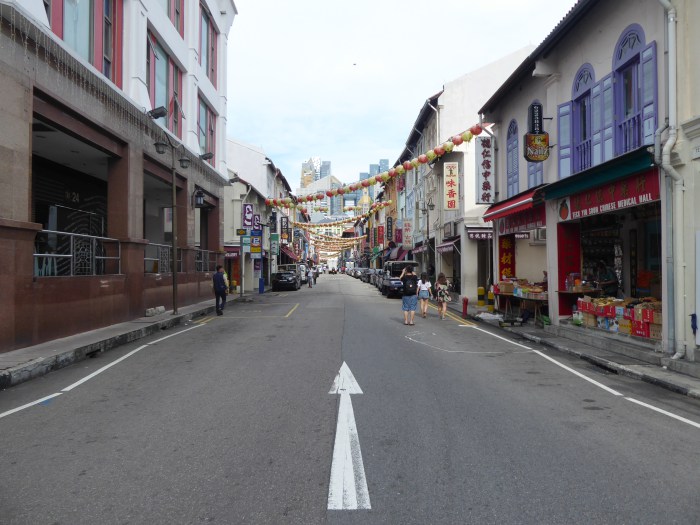“Disagreement is not the conflict between one who says white and another who says black. It is the conflict between one who says white and another who also says white but does not understand the same thing by it.” –Jacques Rancière
I don’t know what we expected when we left a familiar Boston for Singapore. After tens of hours of travel, we arrived in a country where their day was our night and our night their day. Singapore was utopia. We were immediately surprised by the Westernized familiarity of the compact, developed island nation’s skyline: artificial trees and the distinctive Marina Bay sands and a giant Ferris wheel. Our first impression composed of marching through high rises and clean shopping malls and name brand department stores. “It almost feels like we haven’t left the US,” we murmured. Our collective groupthinkk saw the world through the same eyes we saw McDonald’s and democracy. Even in its thick humidity, Singapore was relatable.
Somehow, this impression shielded not reality but transparency. In short, we approached their white, their progress, development, and values, the same way we encountered ours. Singapore shared an honest account of their rise to success (however that is defined); they replaced slums with inclusive, subsidized housing and crime with widespread surveillance. Yet I sensed betrayal among many students on the dialogue when we realized Singapore’s dogma did not parallel ours, made particularly clear in the cultural panel. Singapore was a country reborn, but one not without tradition. The panel of middle-aged professionals embodied these traditionalist values: ascribing their rise to wealth less by individual merit but as a collective movement, sacrificing “privacy” for safety, and embracing “standard”, traditional family and gender structure. It was clear then that the American, liberal ideal we stuffed in our luggage, the one prizing self-advancement and freedom of __, was not the same as the one we were witnessing. Our American vision conflicted Singapore’s actions, despite sharing similar end goals of security and economic success.
By the time we arrived to Jakarta, we acknowledged Indonesia as different from both the world we had come from and the one Singapore shared. Its street food and traffic and language were new and foreign, but our presence still made clear the same theme of cultural separation. This was highlighted particularly at a conference that discussed the Jakartan government and flooding in kampungs. Even with our best intentions, no research and no judgement on the government or community structure could be thoroughly accurate without living and breathing alongside it. The conflict here was between what we thought we knew and what actually was. We could not see the same white as Jakarta, could not throw our insight at their problems, without first considering and immersing in their way of life.
Ultimately, we visited Singapore and Jakarta as students and tourists. We were there, with whatever our baggage and preconceptions may be, to learn. I lack the background and experience to justifiably rate how the American “white” compares or contrasts to its Singaporean or Indonesian or East Asian definition. Yet I had never been so cognizant of this divide. I still do not know if either white is “right”, if any. I simply see a solemn gap in translation.

